SOCIAL MEDIA MARKETING [SMM]

Content Creation and Management:
This involves creating images, videos, captions, and articles that resonate with the target audience.
Social Media Advertising:
Implementing paid advertising campaigns on platforms like Facebook, Instagram, Twitter, LinkedIn, and others. This includes creating and optimizing ads to achieve specific goals such as brand awareness, lead generation, or conversions.
Influencer Marketing:
Collaborating with influencers or key personalities on social media to reach a wider audience and leverage their credibility to endorse products or services.

Unique Selling Proposition (USP) about Social Media Marketing Service
Targeted Audience Engagement:
We leverage data analytics to identify and engage with your target audience effectively, ensuring that your brand resonates with the right people.
Performance Analytics:
Gain actionable insights through comprehensive analytics, enabling data-driven decisions for optimizing campaigns and maximizing ROI.
Increased Brand Awareness
Expand your brand’s reach by connecting with a wider audience on popular social media platforms.
Lead Generation
Drive potential customers to your website and convert leads through targeted social media advertising.
Audience Engagement
meaningful interactions with your audience through engaging content, fostering brand loyalty.
Community Building
Establish a loyal community around your brand, encouraging user-generated content .

Daniel johnson
Daniel johnson

Pricilia Doe
Pricilia Doe

Mark Hoffman
The results speak for themselves – higher conversion rates, increased sales, and a distinct competitive edge. Highly recommended!”
“In the fast-paced tech industry, staying ahead is crucial. The digital marketing services team not only kept us ahead of the curve but also delivered measurable results. Their strategic approach and data-driven decisions have been invaluable.”
“Digital marketing played a pivotal role in expanding my real estate business. The tailored approach, coupled with social media strategies, resulted in more qualified leads. The team’s expertise has been a game-changer for my success.”
Services
Keyword Research
Start by identifying relevant keywords and phrases that potential users might use when searching for content related to your website. This involves understanding the search volume and competition associated with each keyword.
On- Page Optimization
Optimize title tags, meta descriptions, and header tags for improved search engine visibility.
Quality Content
Develop high-quality, relevant, and engaging content that satisfies user intent. Search engines prioritize content that provides value to users.

Technical SEO:
Optimize website speed and performance to enhance user experience. Fast-loading pages are favored by search engines. Ensure proper website indexing by creating and submitting a sitemap to search engines. Implement structured data markup to provide additional information about the content to search engines.
Off Page SEO:
SEO, or Search Engine Optimization, is a set of strategies designed to improve a website's visibility on search engines. It involves optimizing on-page elements, building authority through backlinks, ensuring technical soundness, and creating high-quality, relevant content. The goal is to enhance a website's ranking for specific keywords, attracting organic traffic and improving user experience.


SEO vs. SEM
SEM stands for search engine marketing – or, as it is more commonly known, search marketing. Search marketing is a type of digital marketing. It is an umbrella term for the combination of SEO and PPC activities meant to drive traffic via organic search and paid search. Put simply, search marketing is the process of gaining traffic and visibility from search engines through both paid and unpaid efforts. So how do SEO and SEM differ? Technically they aren’t different – SEO is simply one-half of SEM: SEO = driving organic traffic from search engines. SEM = driving organic and paid traffic from search engines.
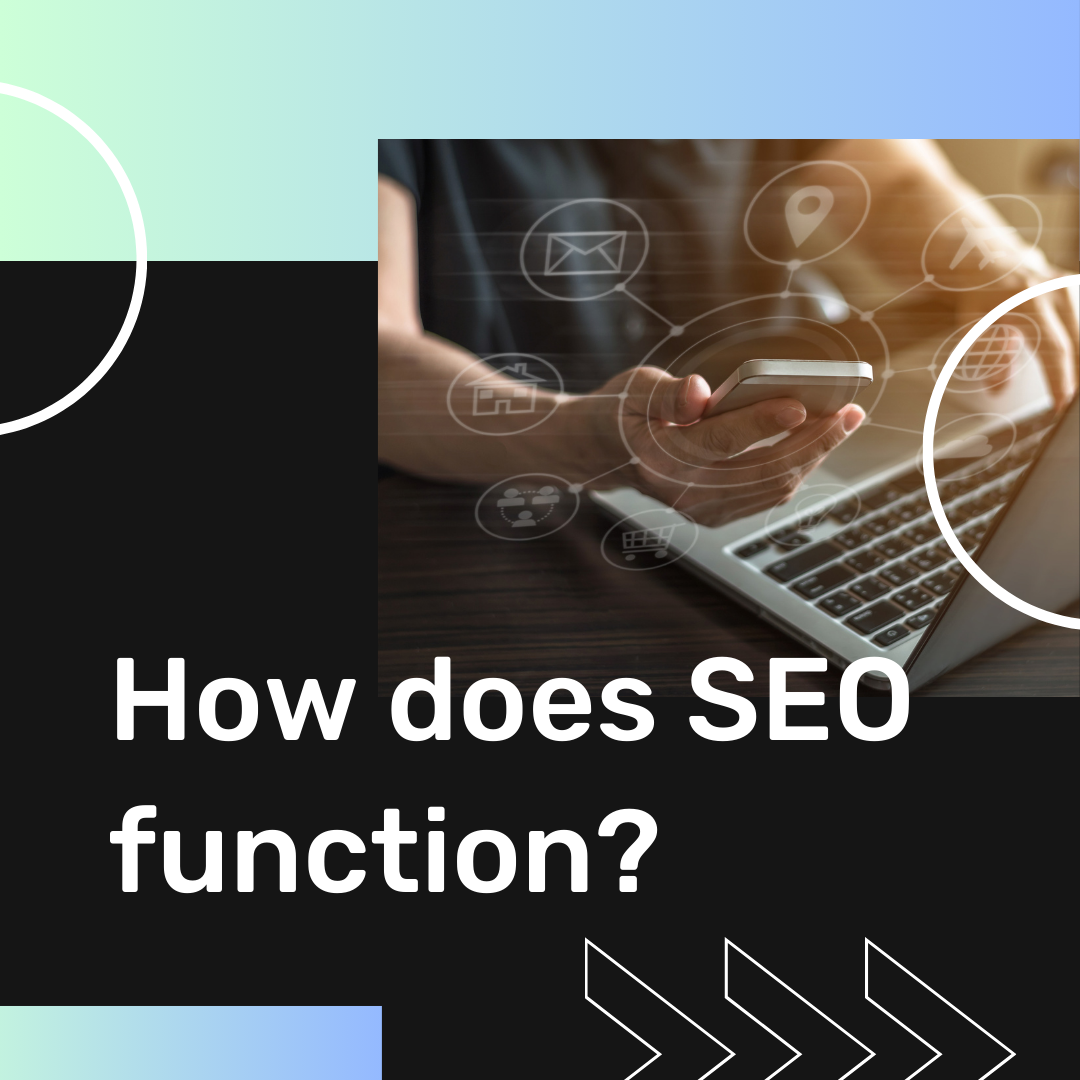
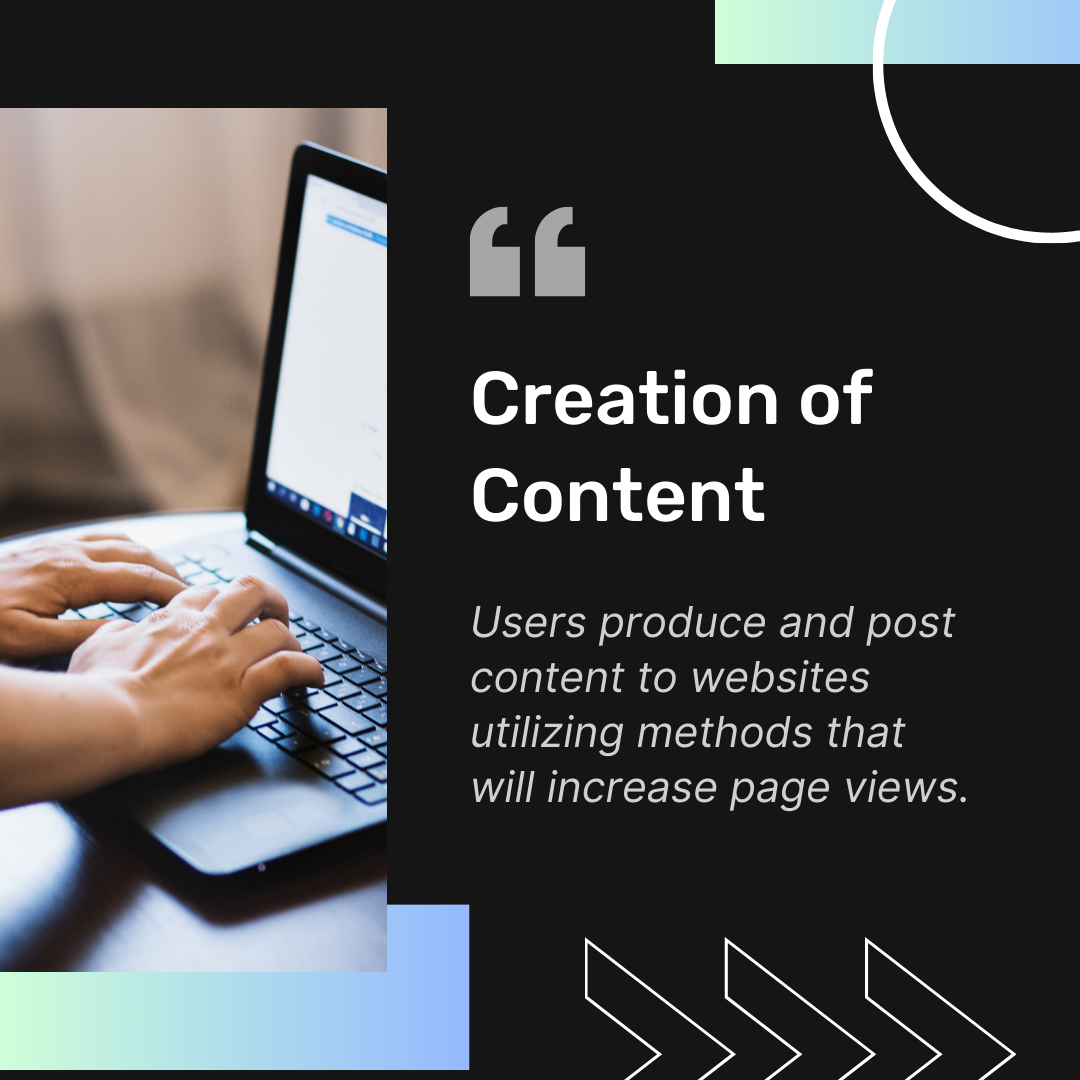

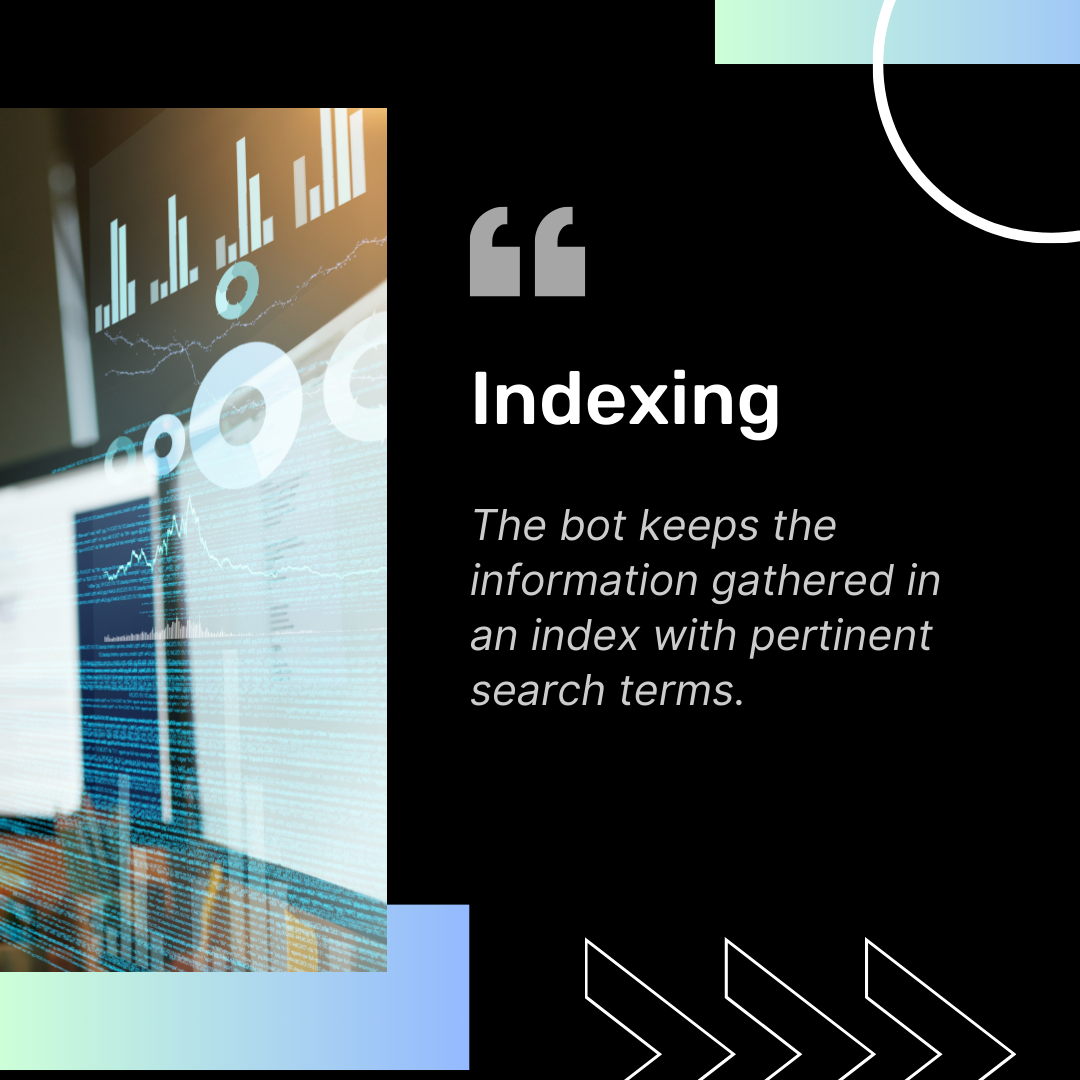
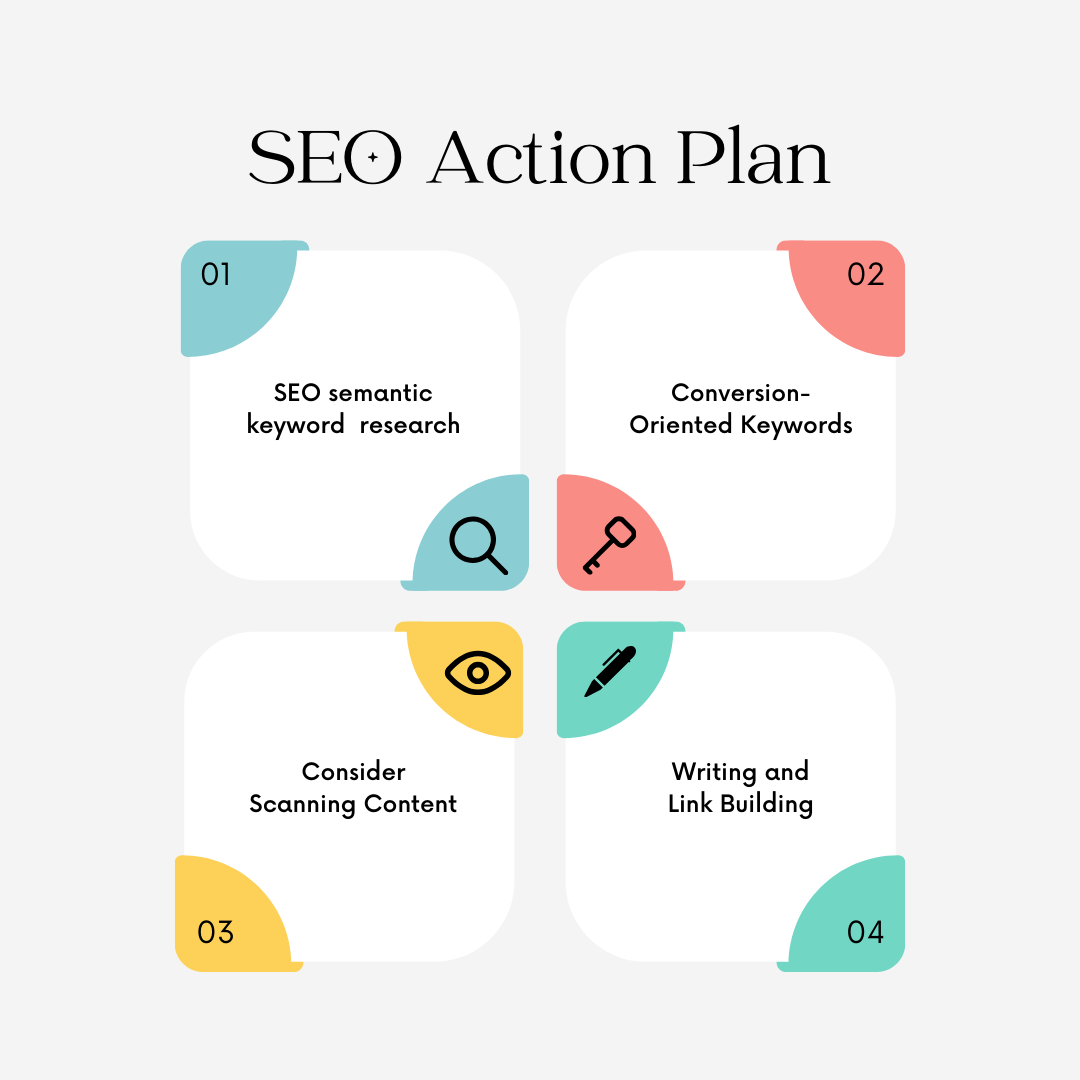
SEO Action Plan
Create a robust SEO action plan by conducting thorough keyword research, optimizing on-page elements, building quality backlinks, ensuring technical site health, and integrating strategies for local SEO, user experience, and social media. Regular monitoring, adaptation to algorithm changes, mobile optimization, and a focus on content updates contribute to sustained online visibility and success.
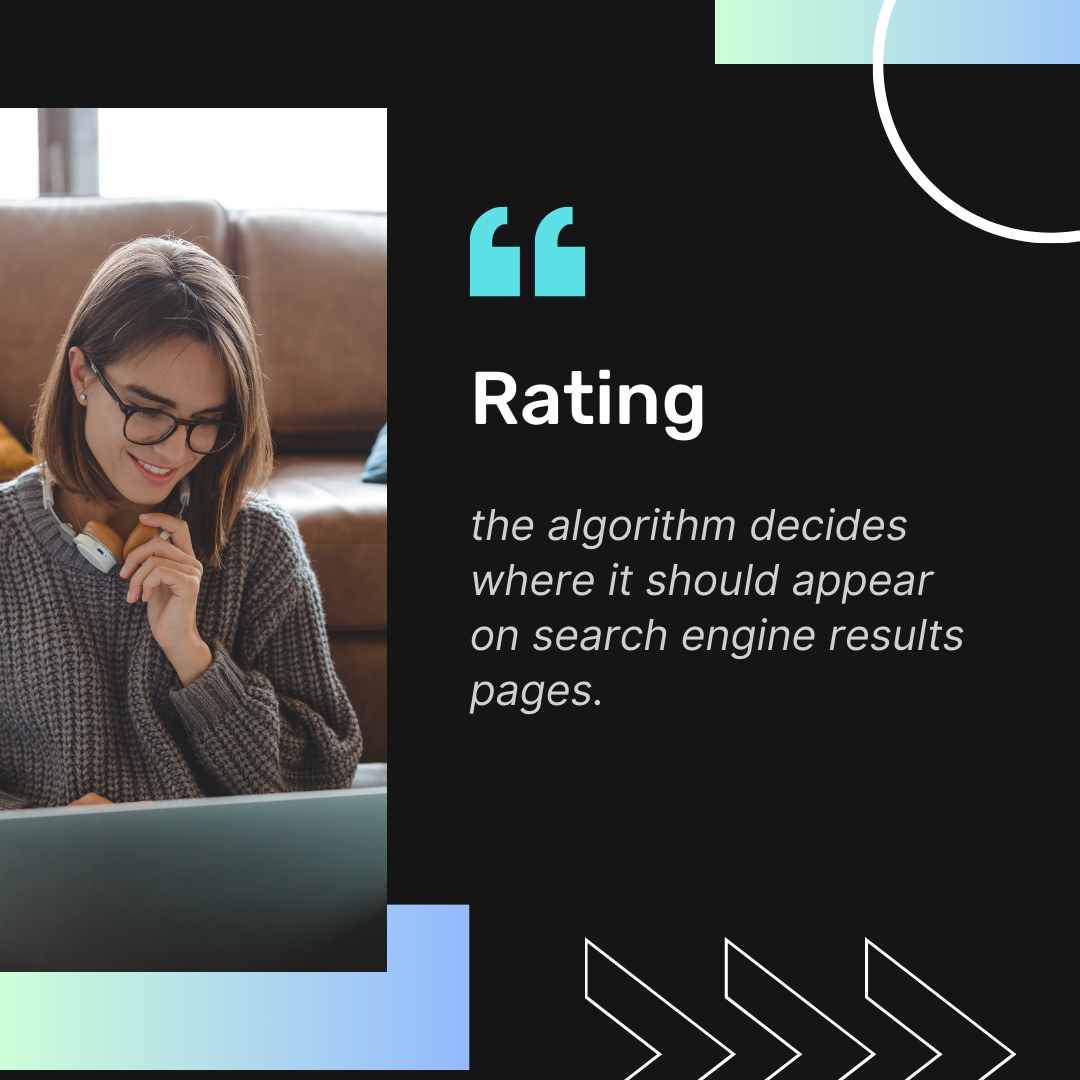
Implementing SEO (Search Engine Optimization) offers various benefits for online businesses and websites

Increased Visibility
SEO enhances your website's visibility on search engines, leading to higher rankings in search results and increased exposure to potential visitors.

Higher Traffic Quality
By targeting relevant keywords, SEO helps attract users genuinely interested in your content, products, or services, resulting in higher-quality traffic

Cost-Effectiveness:
Organic traffic generated through SEO is essentially free, providing a cost-effective long-term strategy compared to paid advertising.

Credibility and Trust:
Websites ranking higher in search results are often perceived as more credible and trustworthy by users, contributing to improved online reputation.

Better User Experience:
SEO involves optimizing website structure and content, leading to a more user-friendly experience and improved satisfaction for visitors.

Increased Conversions:
Targeted SEO efforts can result in improved conversion rates as the content aligns with the user's intent, providing valuable information and solutions.
SEO & DEVELOPMENT:
In the intricate realm of online presence, the symbiotic relationship between SEO and development plays a pivotal role in achieving digital success. Collaboration between development and SEO specialists is paramount, ensuring that the website not only functions seamlessly but also ranks prominently in search engine results. Development practices, such as mobile-first design, site speed optimization, and responsive layouts, become the backbone of a website’s performance, aligning user experience with search engine preferences. Additionally, integrating SEO considerations, such as clean URL structures, SSL implementation, and technical elements like 301 redirects, elevates the website’s visibility and navigational efficiency. This collaborative approach extends to content management systems, where the choice or customization of a CMS becomes a strategic decision for both user-friendliness and SEO benefits. Together, the synergy of SEO and development fosters websites that not only meet technical standards but also excel in search engine rankings, ensuring a robust and impactful online presence.

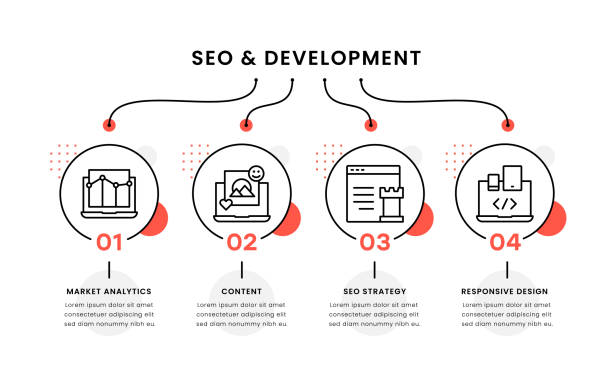
Mobile Device Only
